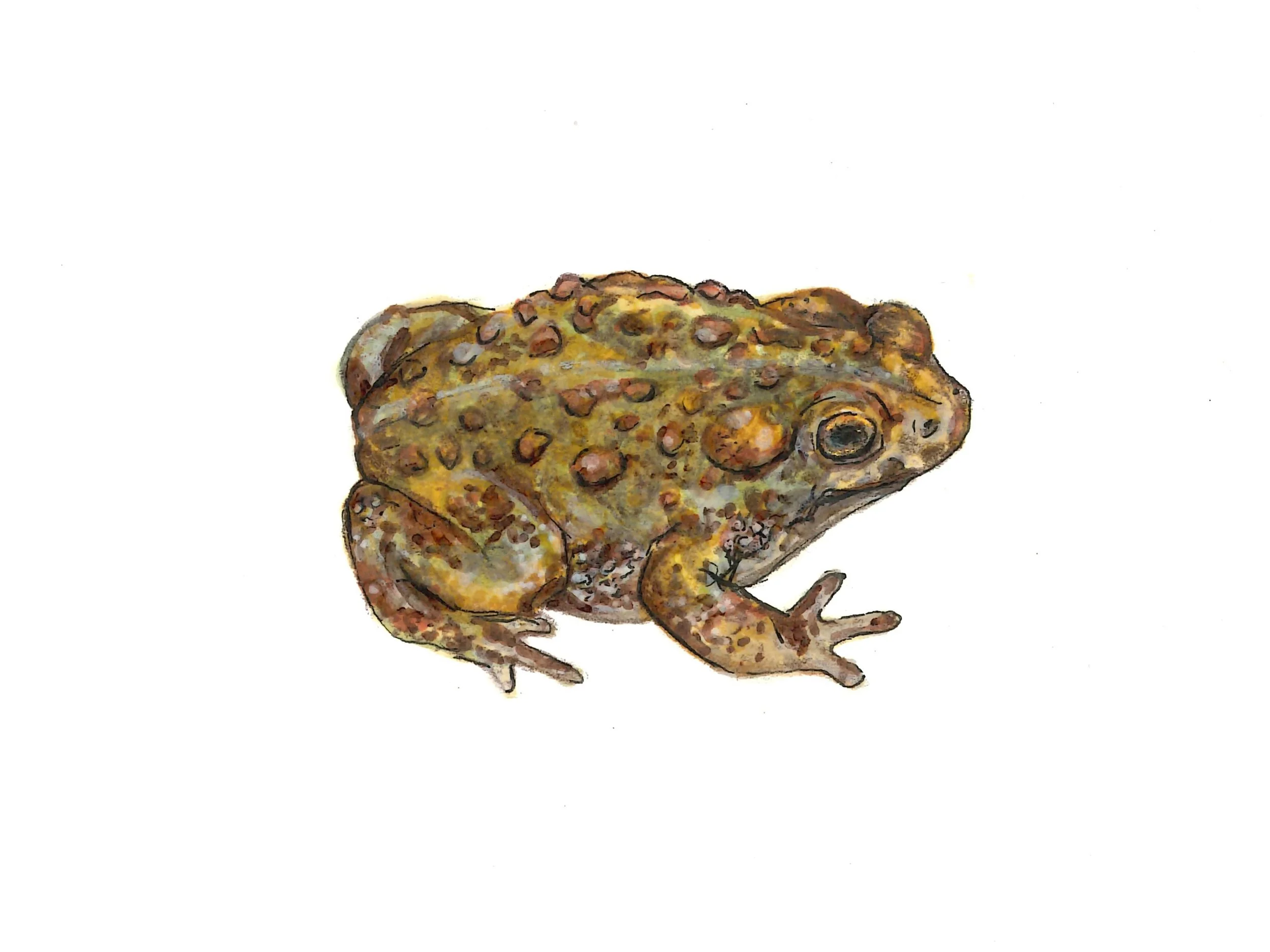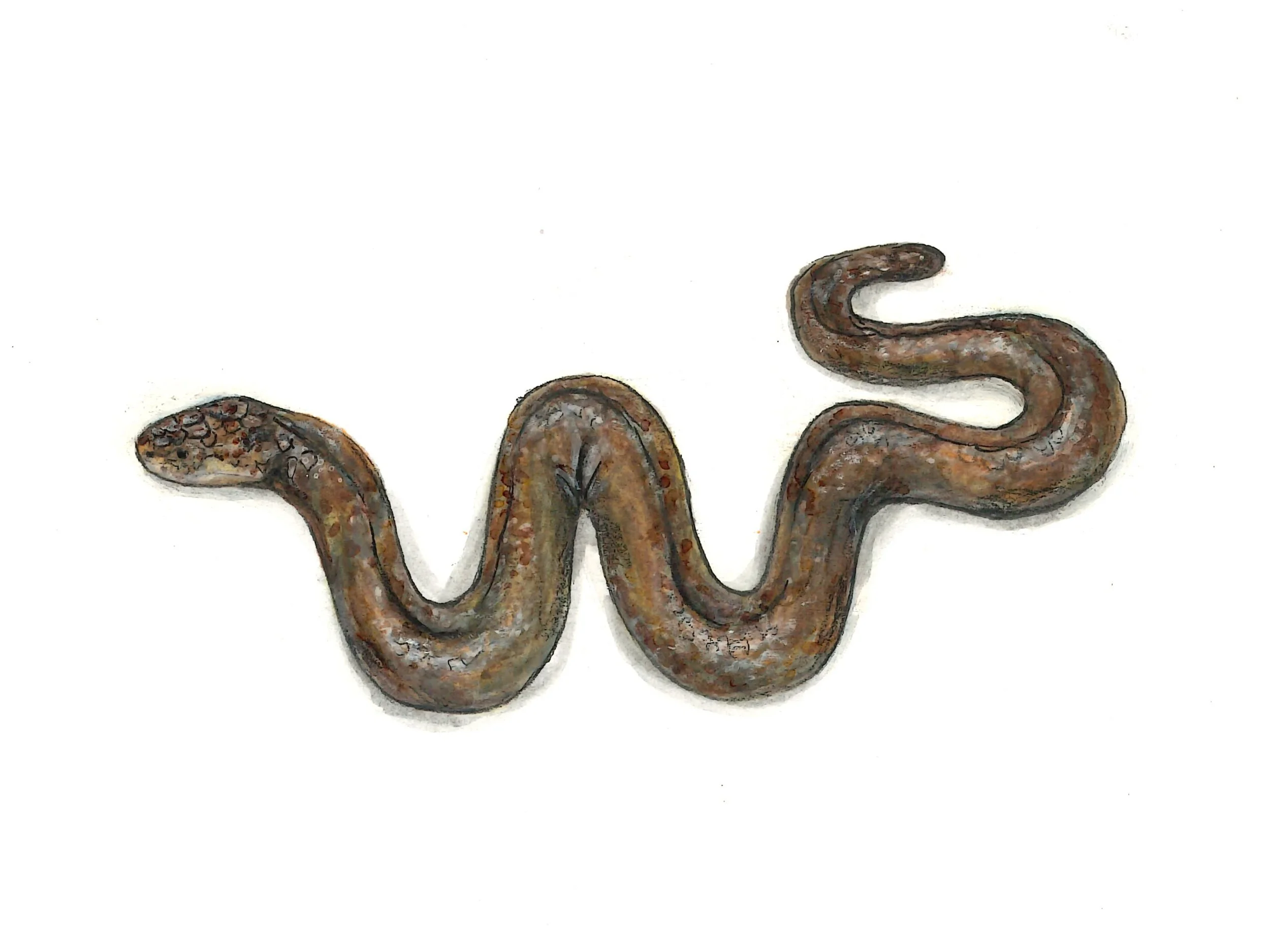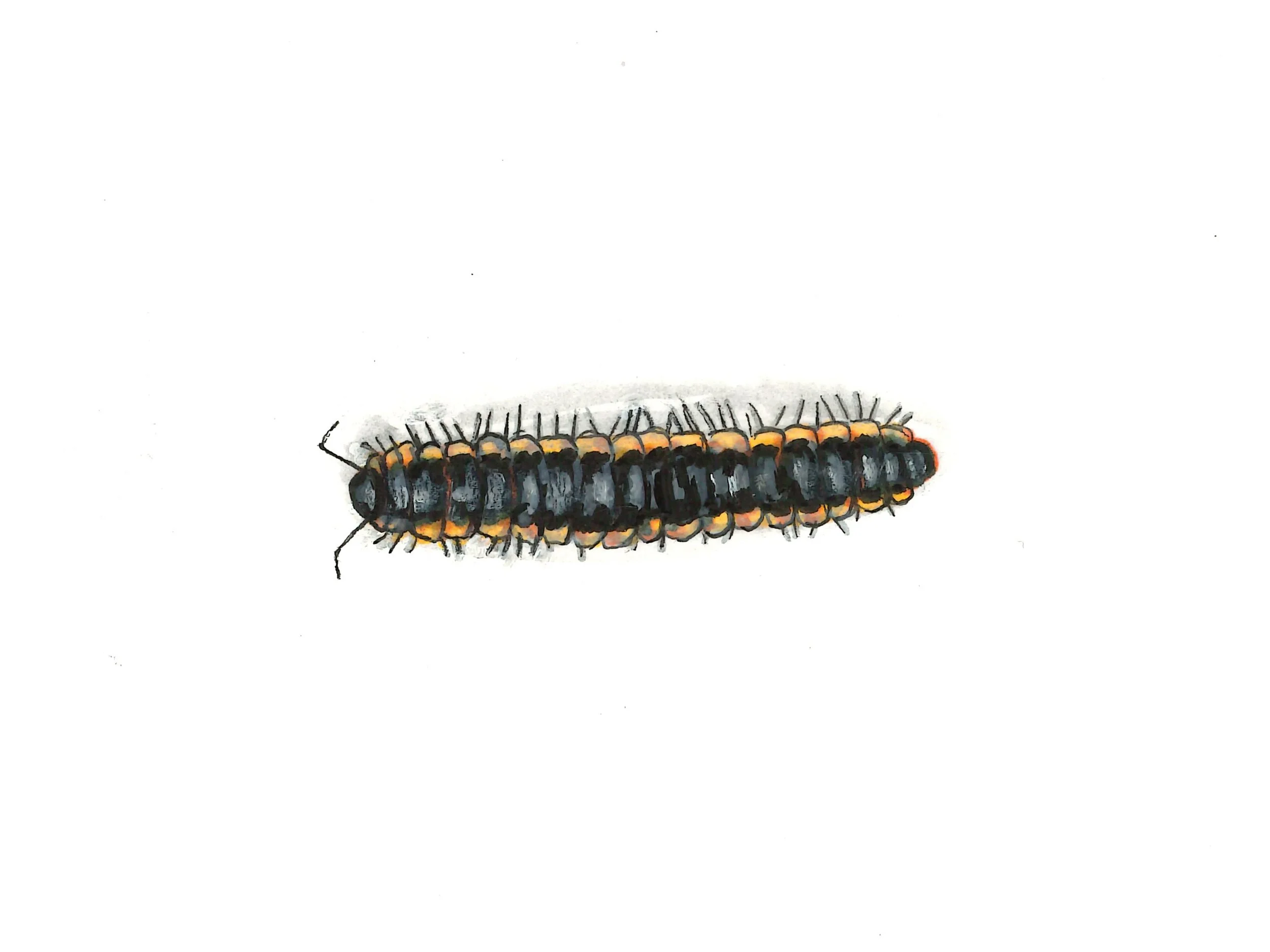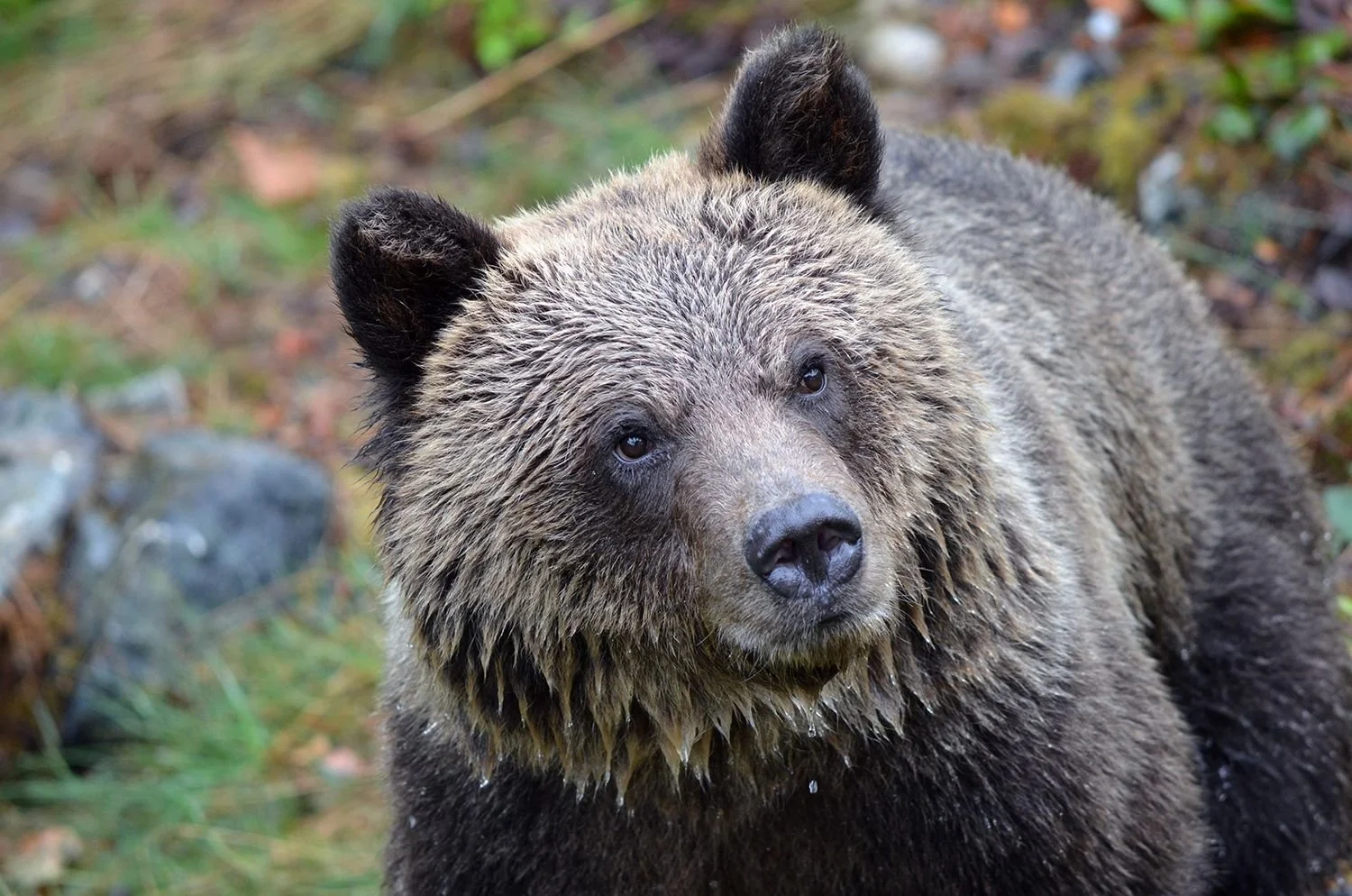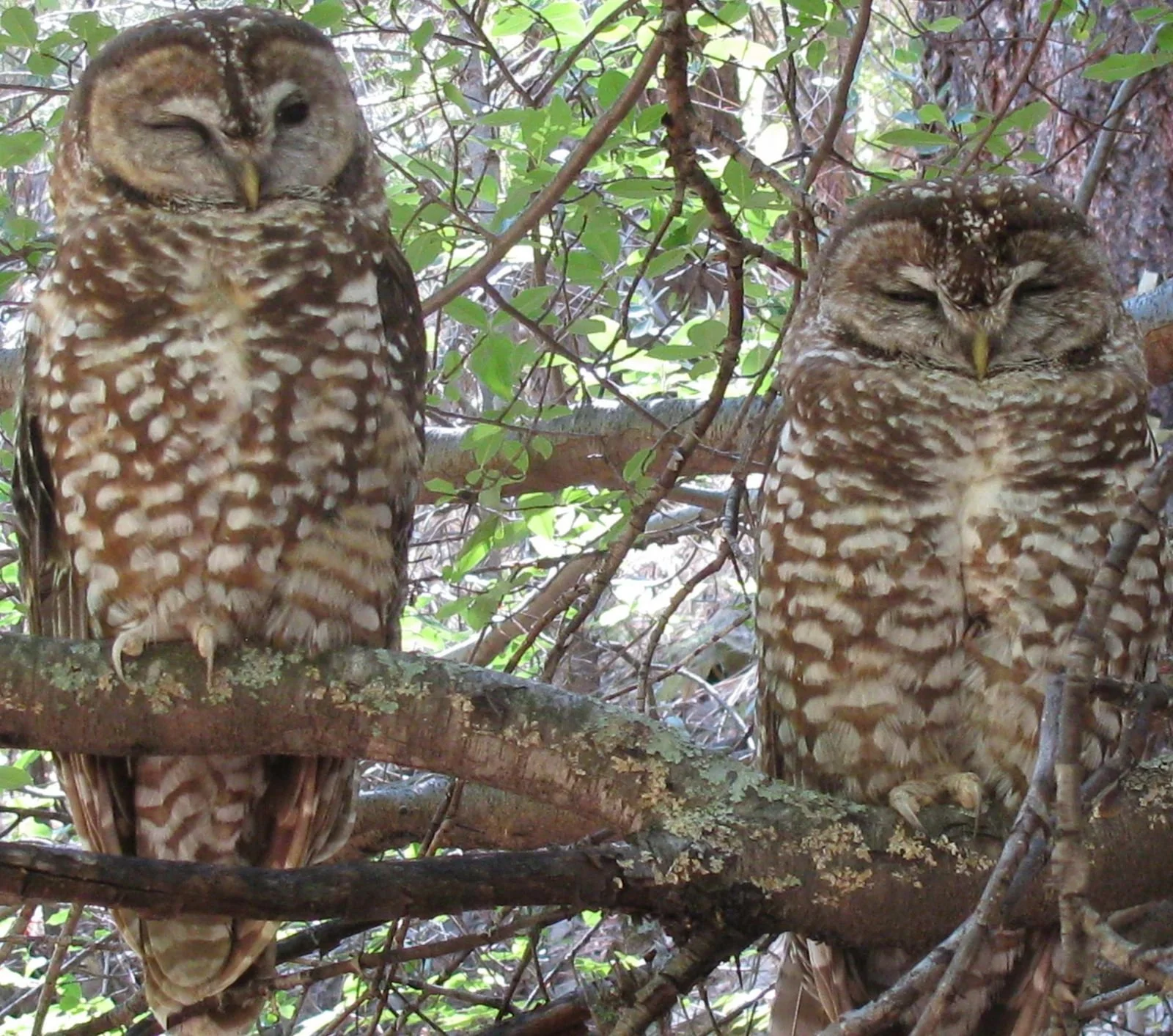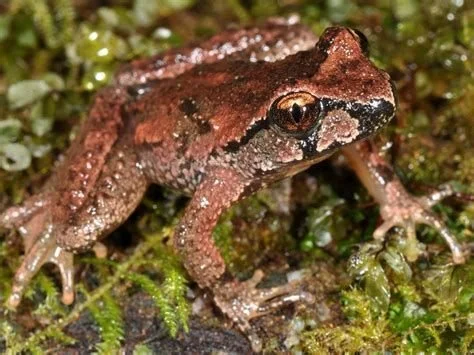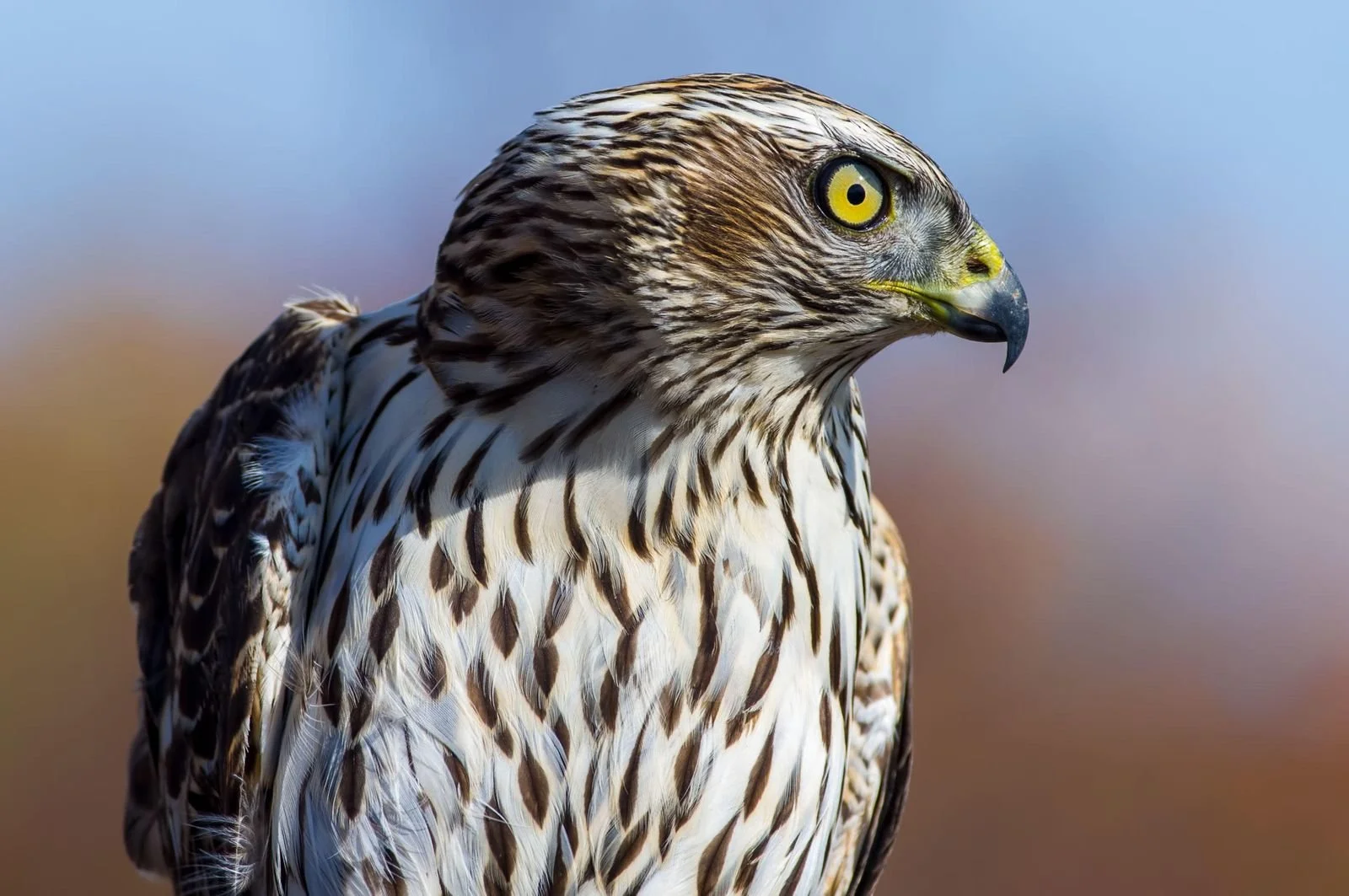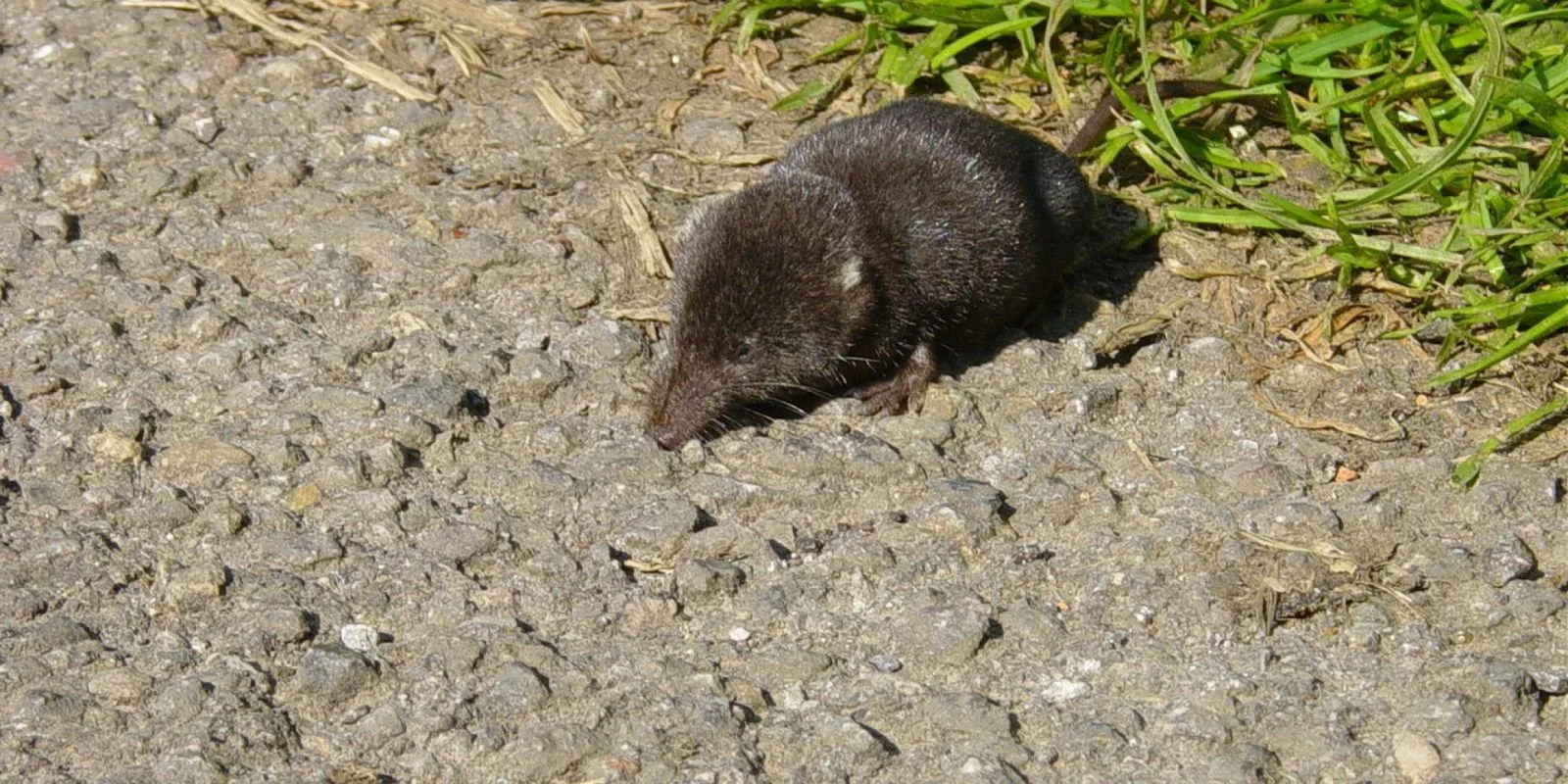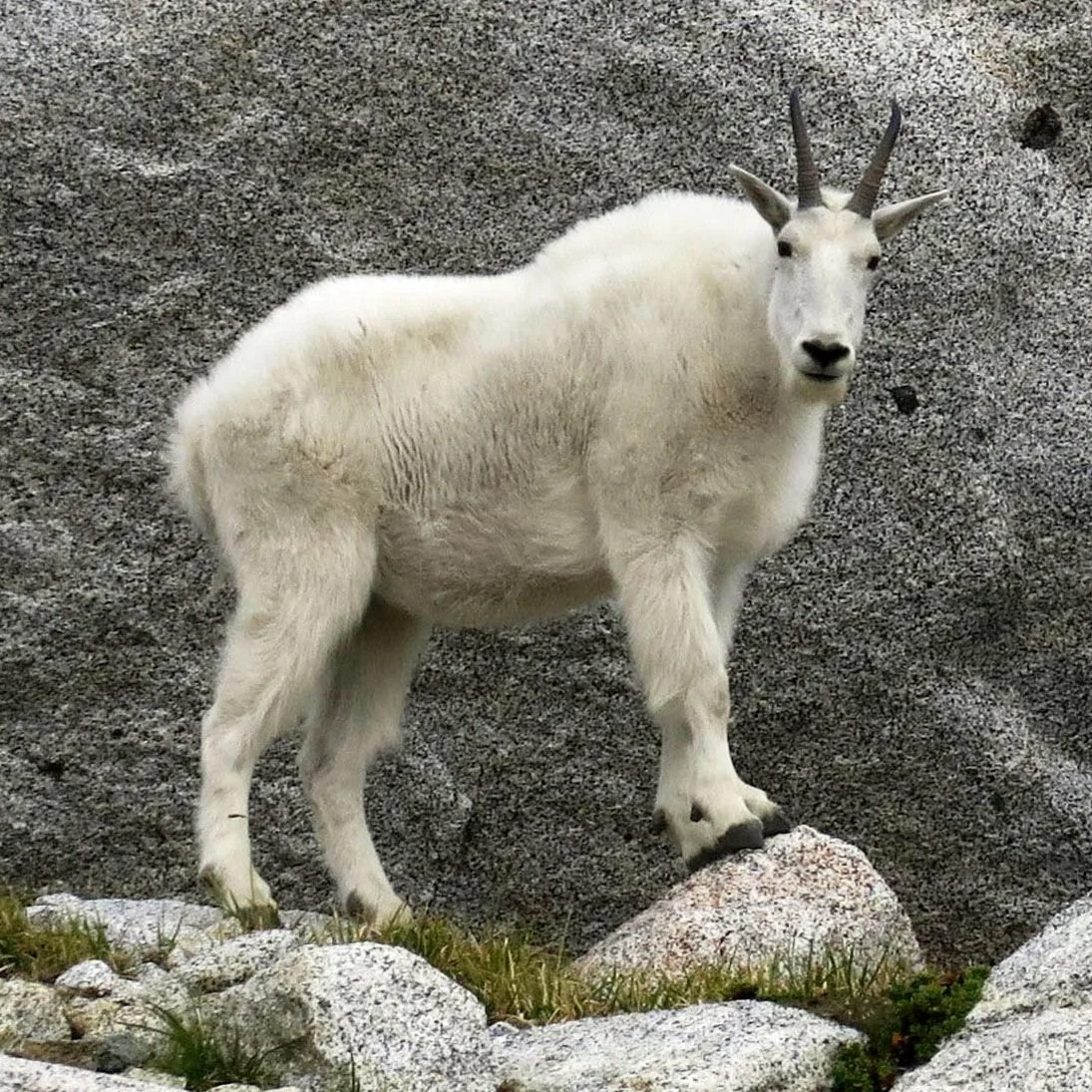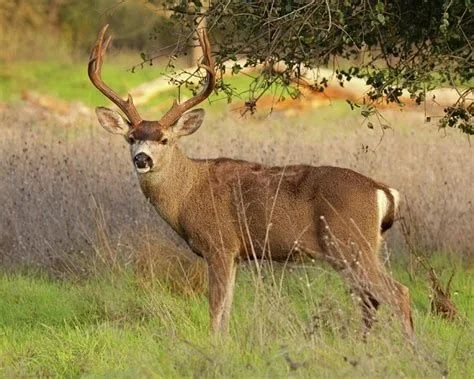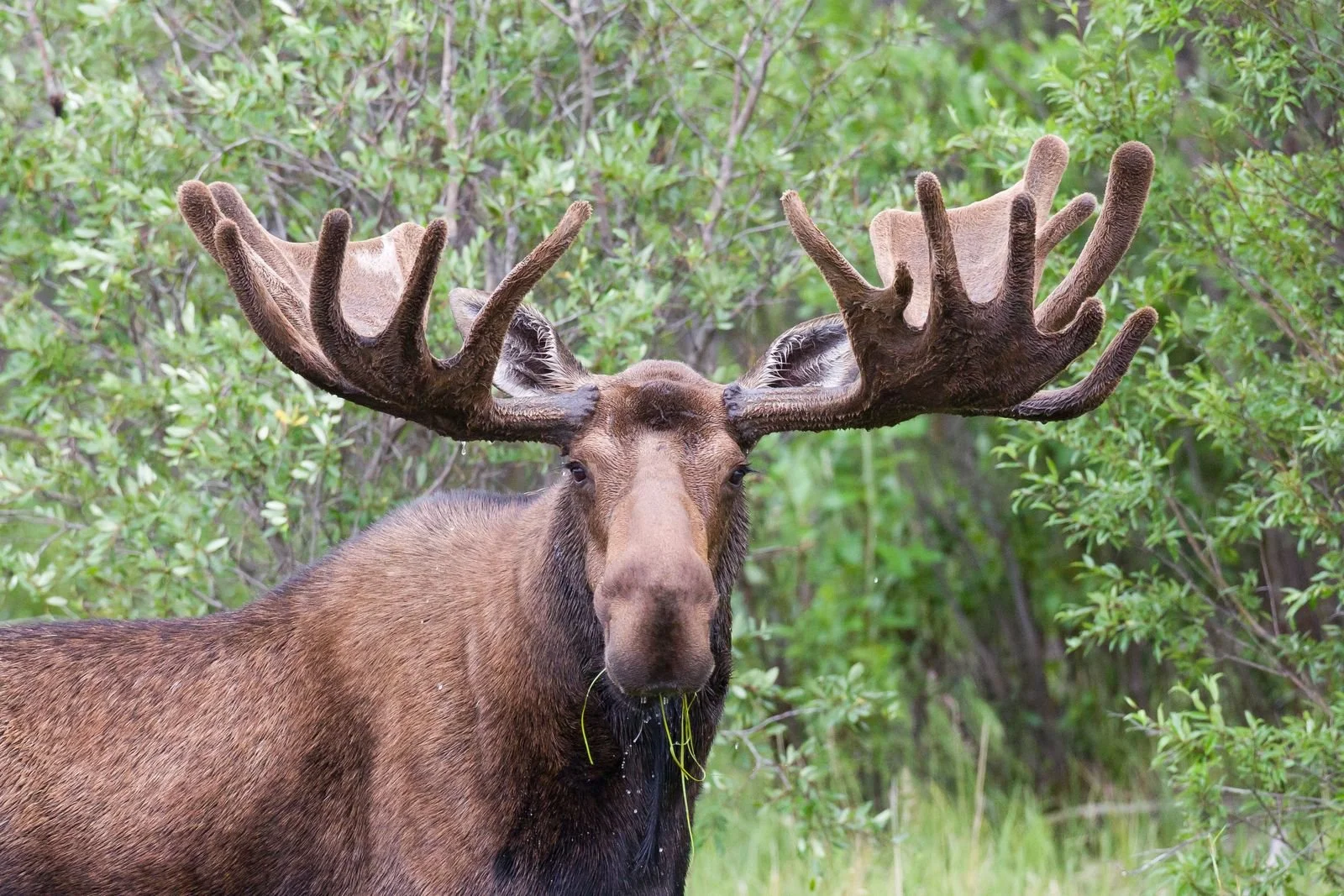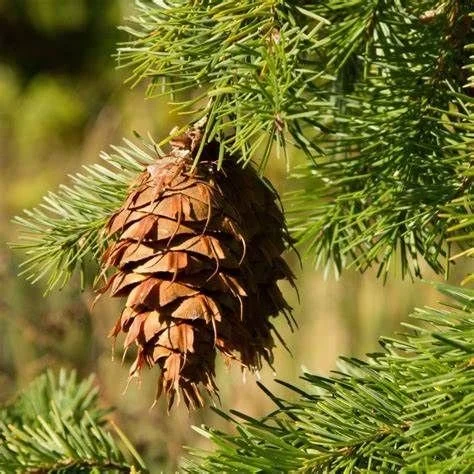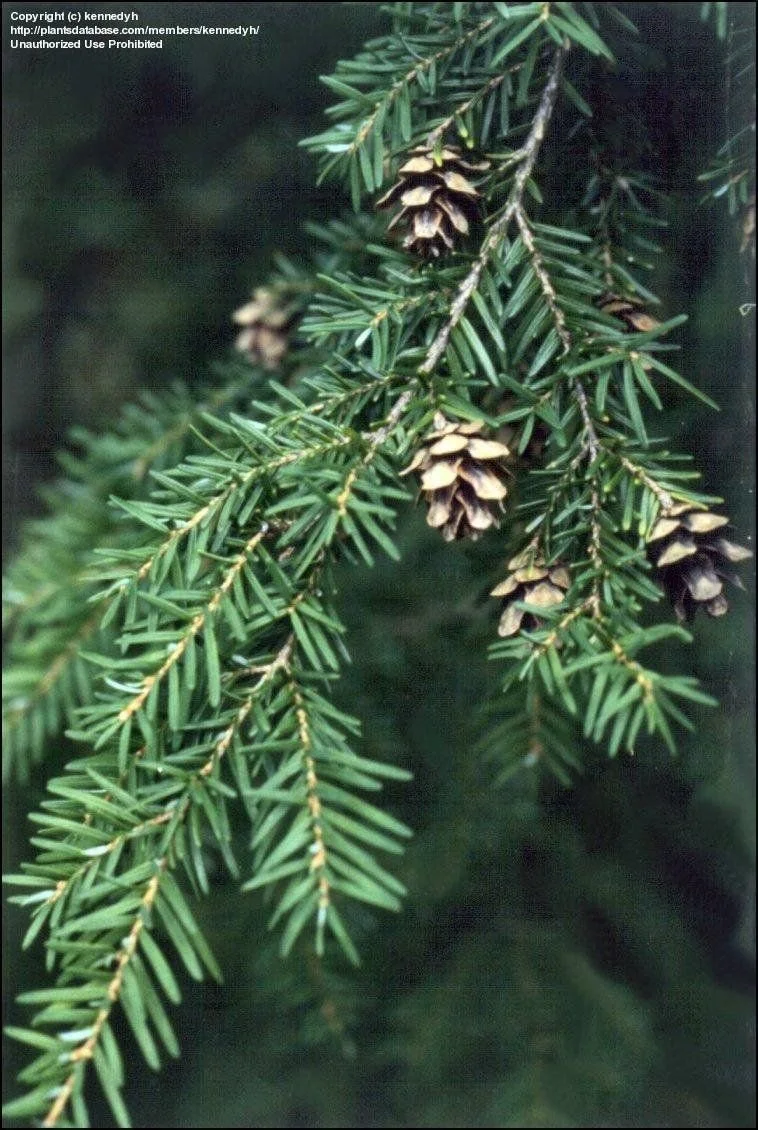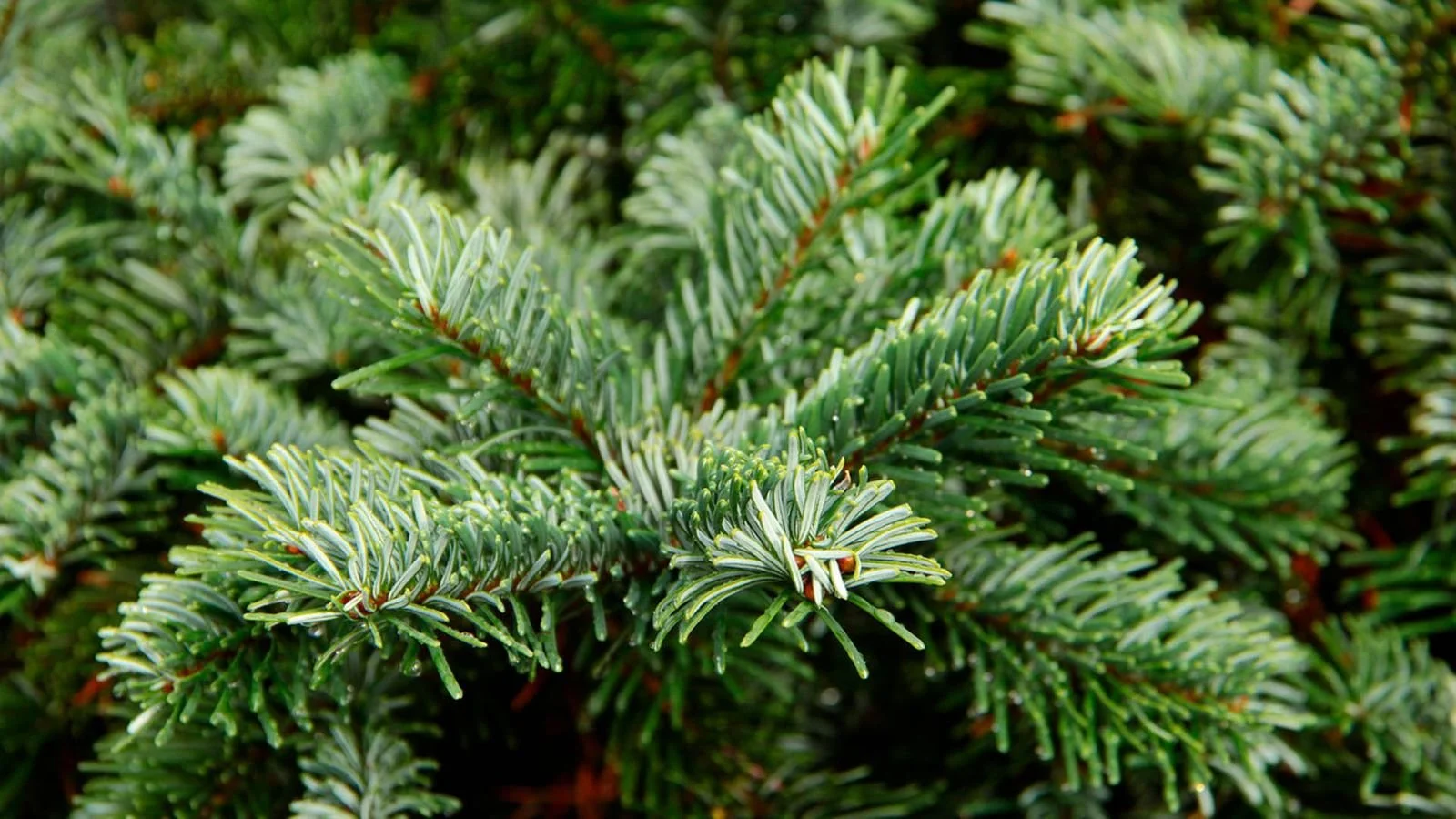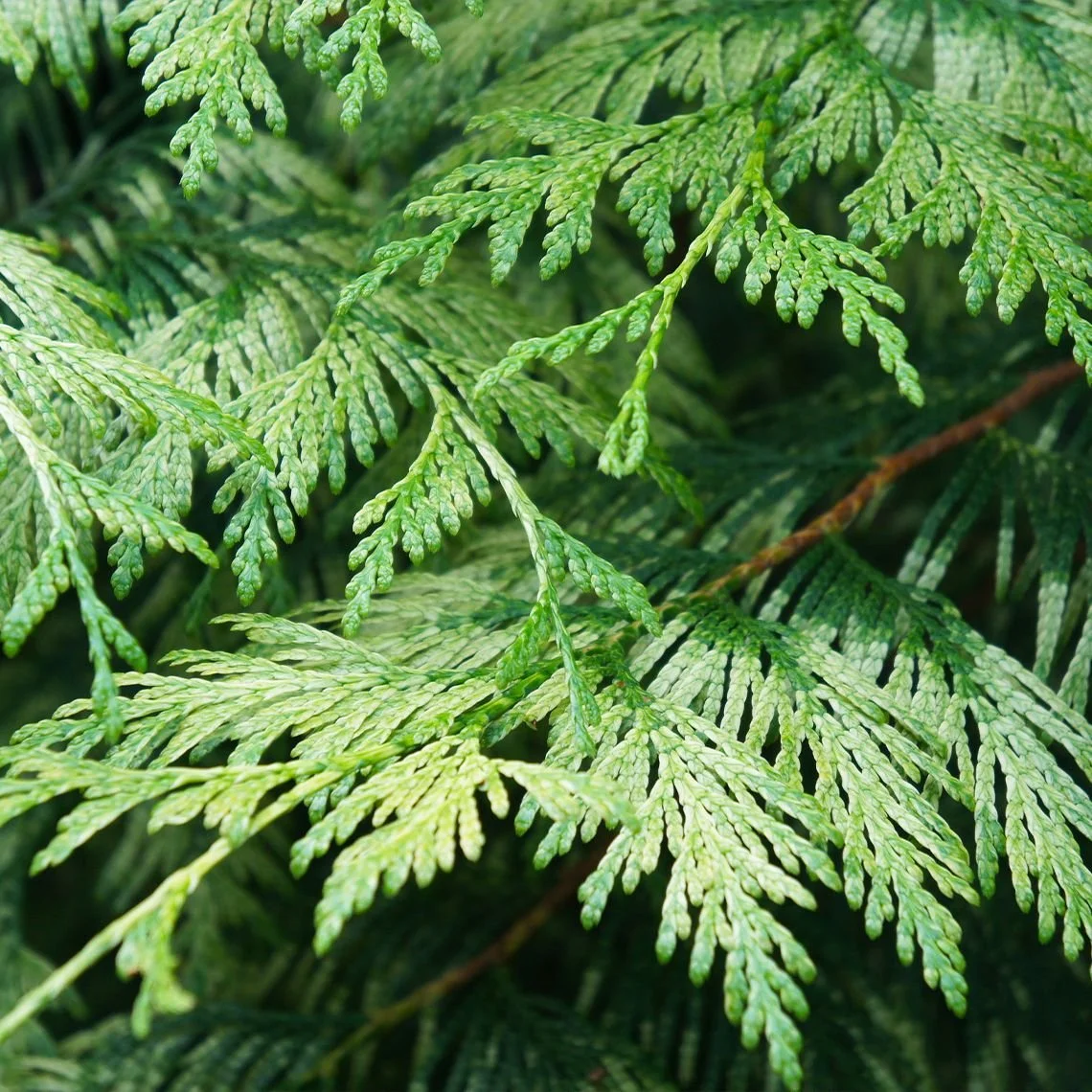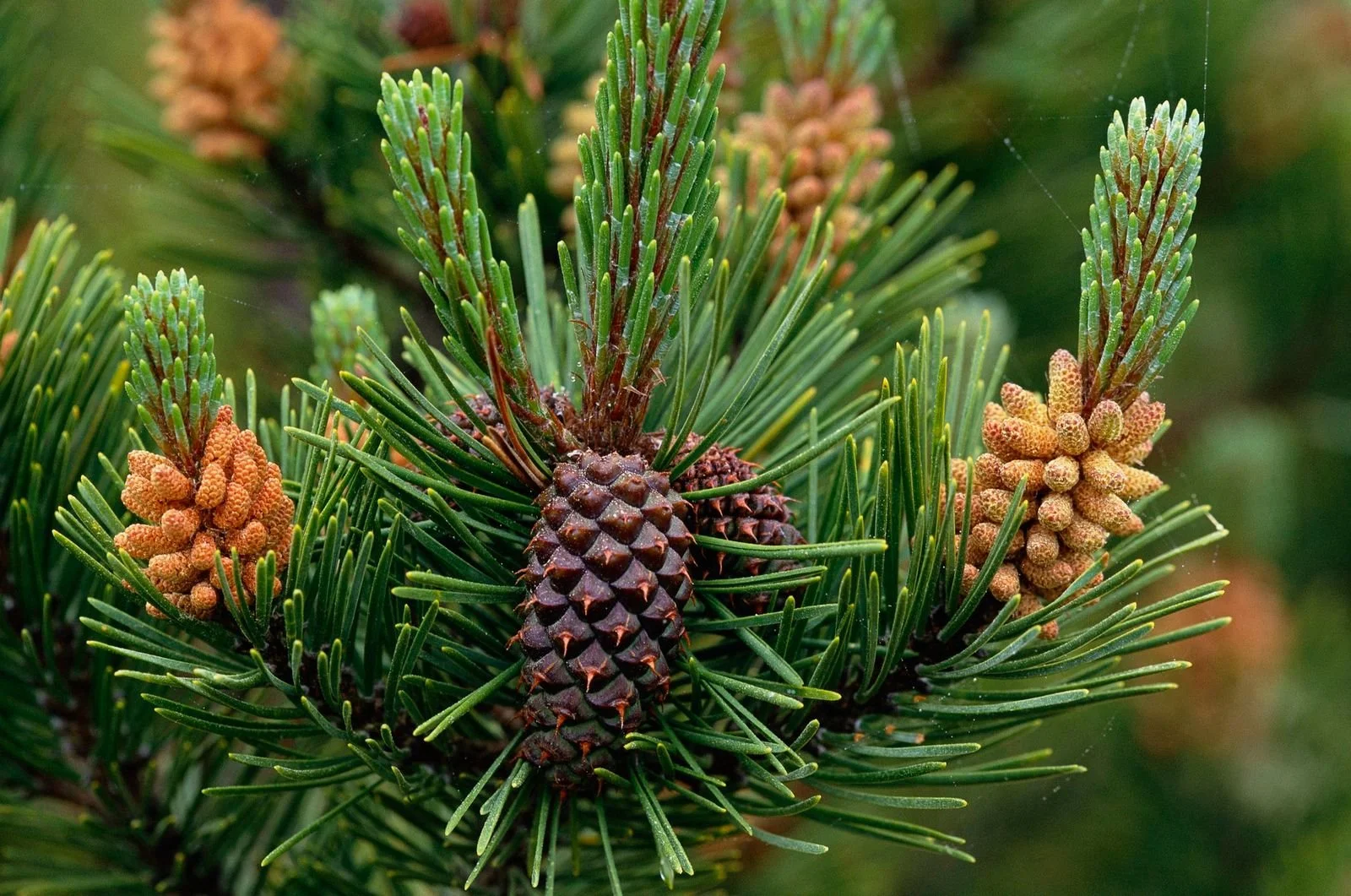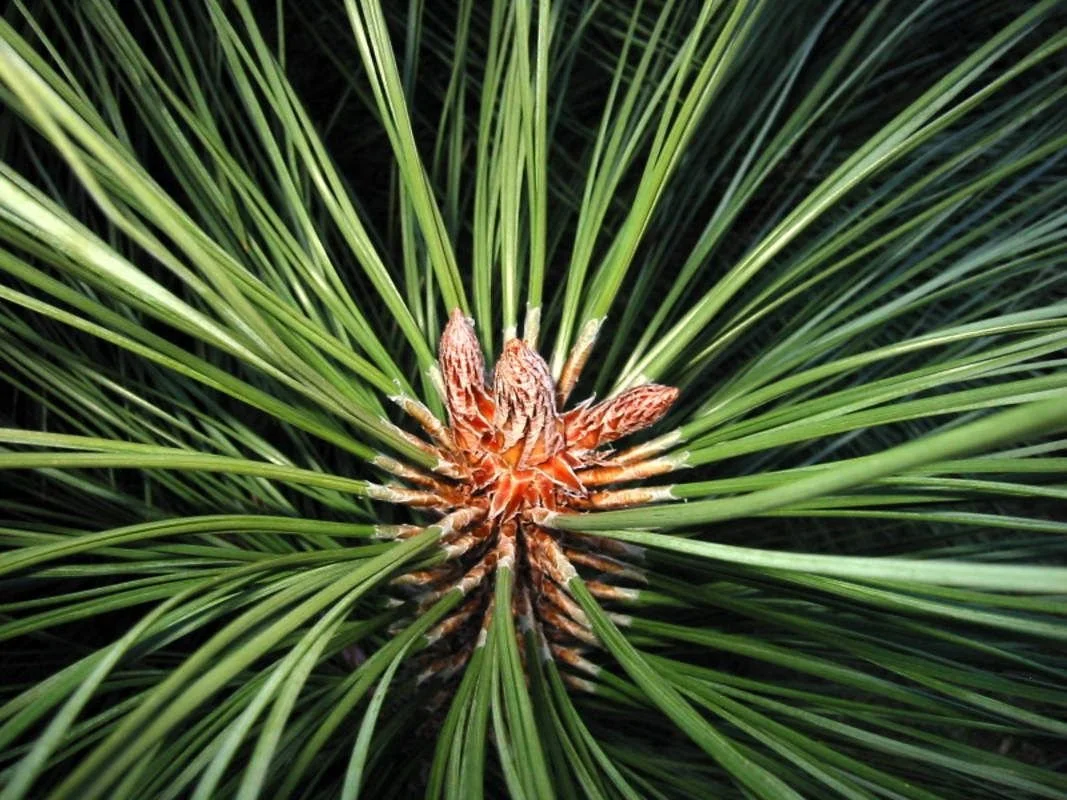
Flora and Fauna

The Liĺwat7úl have called this territory home since time immemorial. The land is central to Líĺwat culture and identity as expressed in the Ucwalmícwts phrase “pala7míntwal i ucwalmícwa múta7 ti tmícwa” — the land and people are together as one. The Speĺkúmtn Community Forest is situated entirely within the Unceded and Traditional Territory of Líĺwat Nation.
One Mile Lake - a special forest ecosystem
Welcome to BC’s rainforest, where the trees grow tall, the air stays damp, and life buzzes from forest floor to canopy! This Coastal Western Hemlock Forest is one of the most productive ecosystems in Canada — a cool, wet, moss-draped wonderland teeming with life. A complex web, everything here grows on everything else! Moss carpets the ground, trees, and even rocks. Old, fallen logs become nurse logs — like cozy tree beds for new plants. Mushrooms pop up everywhere, doing their recycling job like tiny forest janitors alongside huge slugs!
If you keep your eyes open, you may be able to find some of these interesting species around OneMile Lake in Nkukwema/Pemberton. Look for signs on the Sea to Sky and Piece of Cake trails to help you find likely habitat!
Pro tip: look up, look down, and listen closely — this BC rainforest is full of secrets just waiting to be discovered!! You might hear the tiny Pacific Wren singing its heart out, spot a deer tiptoeing through the ferns, or catch a glimpse of a black bear (from a safe distance, of course!). Even salamanders and owls love it here!
Since humans live nearby, this forest has also undergone management for forest fire safety, including removing small trees and litter on the forest floor that can act as fuel. As soon as the work was completed, the Spel’kúmtn Community Forest received a letter from 14-year-old Ashleigh Woodruff on behalf of the mushrooms, millipedes and slugs, requesting they be considered in management activities. Ashleigh and her artistic friend Flora created an interpretive sign program to remind people of the important critters that are often overlooked by bikers, hikers, and frisbee golfers when enjoying beautiful forest spaces. Head out to OneMile Lake and look for their signs throughout the trails!
Knowledge of the Land
Animal Species
Conservation of wildlife and their habitat is an important aspect of forest management in the Speĺkúmtn Community Forest. A wide range of animal species inhabit the lands within the SCF, a number of which have been identified as requiring special consideration in forest management.
Tree Species
The forested area of the SCF is primarily composed of the following timber species: (tree info from https://lilwat.knowledgekeeper.ca/traditional-use-species)










